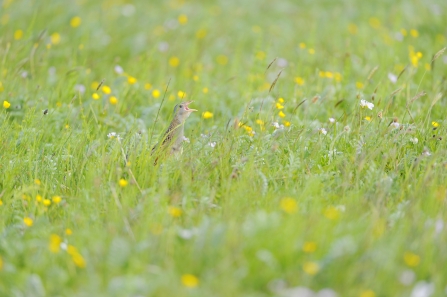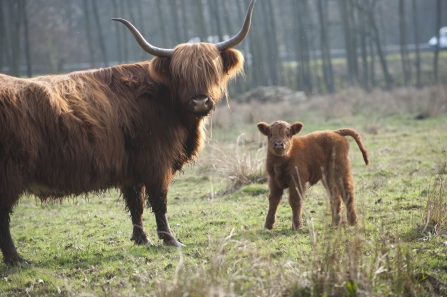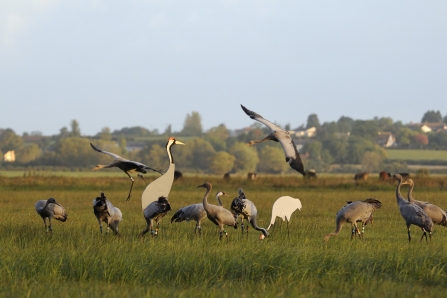Imagine a place where nature has been put back in the driving seat – no longer a passenger, or even worse squeezed into a rear-facing seat after we almost forgot to invite it along for the journey!
There are landscapes where nature and people have formed vibrant and colourful coalitions. These are exciting, inspirational places where nature is given room to breathe, to shape the land and all it contains.
Beavers building dams, water alive with insects, meadows a riot of colour
Here industrious beavers are building dams which hold water in even the driest months, which are alive with insects, amphibians and fish. Bankside trees are coppiced, light penetrates the ground and a flush of wetland plants erupt in colour. Meadows and woodlands are in a dynamic battle for supremacy – no side ever wins but the mix of flower-rich pastures, scrub and woodland always generates wildlife riches and high quality fodder for livestock. Water is given space to flow naturally – what a revelation to see rivers and streams where they should be….in a lattice work throughout the floodplain – not hemmed into deep channels, out of sight and mind (until of course the time comes when nature stages a coup and temporarily takes charge during the inevitable flood event).
Nature within these landscapes is joined up – it isn’t akin to a single glorious flowerbed in a car park – more like a thread of priceless natural jewels within a rich tapestry of cultural landscapes. These areas are so well connected that species not seen for hundreds of years are making a comeback. Even wolves have been spotted in search of pastures new, stealthily moving within the tall riverside scrub that link floodplain deltas to mountain refuges. And amongst all this wildlife is us – people are part of it and we love it, farmers are making a good living producing high quality meat from native breed cattle grazing the land. Local residents can explore anywhere they wish, go wild swimming in rivers which haven’t been so clean for 50 years; there is only one rule, keep your dogs on a lead – and people do!





Comments